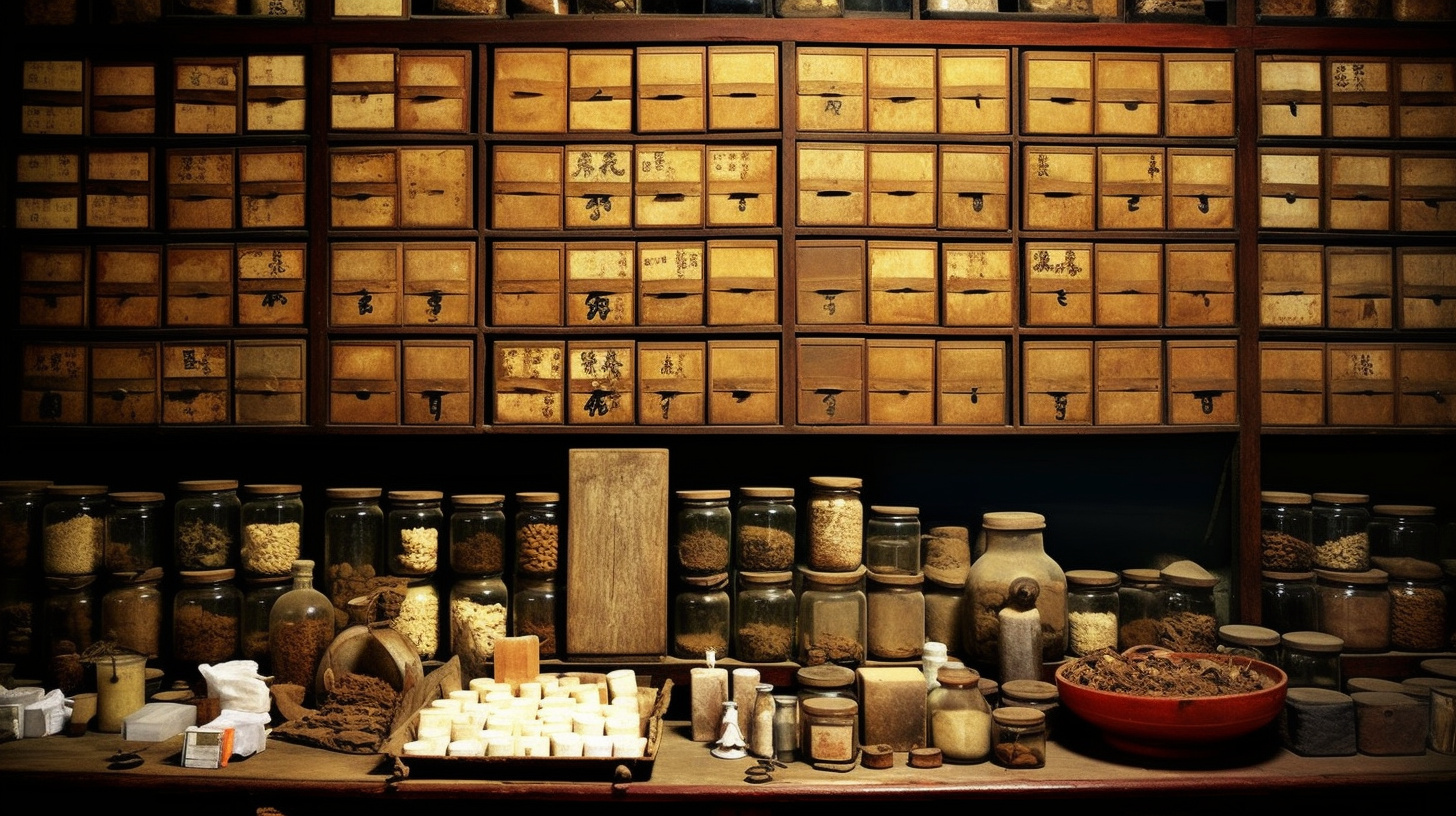- Home /
- TCM Health /
- Contents
Everyone Is Watching
-
 Nourishing Medicinal Recipe: Party Ginseng and Astragalus Stewed Chicken
Nourishing Medicinal Recipe: Party Ginseng and Astragalus Stewed ChickenParty Ginseng and Astragalus Stewed Chicken is a traditional nourishing medicinal diet. It is made from the Chinese medicinal herbs Party Ginseng and Astragalus. It not only has the effect of tonify
December 27, 2023 -
 Tonifying Qi with Dangshen and Huangqi: Delicious Recipes to Boost Energy
Tonifying Qi with Dangshen and Huangqi: Delicious Recipes to Boost EnergyDangshen and Huangqi are common Chinese medicinal herbs. Dangshen has the effects of tonifying the middle and qi, harmonizing the stomach and generating fluids, and relieving phlegm and cough. Huang
November 19, 2023 -
 What are the benefits of party ginseng and astragalus in water
What are the benefits of party ginseng and astragalus in waterParty ginseng and astragalus are both common herbs that can be consumed in a variety of ways to nourish the spleen, stomach and blood, some people will also put party ginseng and astragalus together i
September 27, 2023 -
 Party ginseng and astragalus red dates can make water to drink the best mix of party ginseng in water
Party ginseng and astragalus red dates can make water to drink the best mix of party ginseng in waterParty ginseng has the effect of tonifying the middle and benefiting the qi, astragalus can tonify the qi and fix the table, red dates can tonify the qi, nourish the blood and calm the mind, so can par
May 4, 2023 -
 Party ginseng and astragalus can make wine What are the effects of party ginseng and astragalus wine
Party ginseng and astragalus can make wine What are the effects of party ginseng and astragalus wineRadix Codonopsis and Astragalus are both qi tonic herbs, Radix Codonopsis can nourish the blood and promote the production of body fluid, strengthen the spleen and benefit the lungs, while Astragalus
May 4, 2023

Hot Picks
-
 1Chestnuts and Breastfeeding: What You Need to Know
1Chestnuts and Breastfeeding: What You Need to KnowChestnuts contain amino acids, vitamins, and other nutrients, making them highly nutritious. They also have cough suppressant and diuretic properties. Can breastfeeding mothers eat chestnuts? What s
November 23, 2023 -
 2How Many Baiguo Can Cause Poisoning and How to Safely Consume it
2How Many Baiguo Can Cause Poisoning and How to Safely Consume itBaiguo, also known as ginkgo fruit, contains various nutrients and can be both consumed as food and used in medicine. It has the effects of nourishing the lungs and relieving cough. However, poisoni
November 23, 2023 -
 3Massage Therapy: An Effective Treatment for Lumbar Sprains
3Massage Therapy: An Effective Treatment for Lumbar SprainsLumbar sprains often occur in the lumbar sacral region, sacroiliac joint, and bilateral sacral spinous muscles. When the lower back is exerted too forcefully or twisted excessively, or when there is
November 22, 2023 -
 4Using Massage Therapy to Alleviate Fever Caused by Startling in Babies
4Using Massage Therapy to Alleviate Fever Caused by Startling in BabiesPediatric fever is a common condition, which can be a standalone disease or caused by various illnesses. Some babies may even experience fever as a result of being startled. Many parents prefer to use
November 20, 2023 -
 5Massage Techniques for Mumps: Relieving Swelling and Pain
5Massage Techniques for Mumps: Relieving Swelling and PainMumps is an acute infectious disease caused by external pathogenic wind-heat toxins, which block the Shaoyang meridian and accumulate in the cheeks. Its clinical features include fever and diffuse s
November 20, 2023

